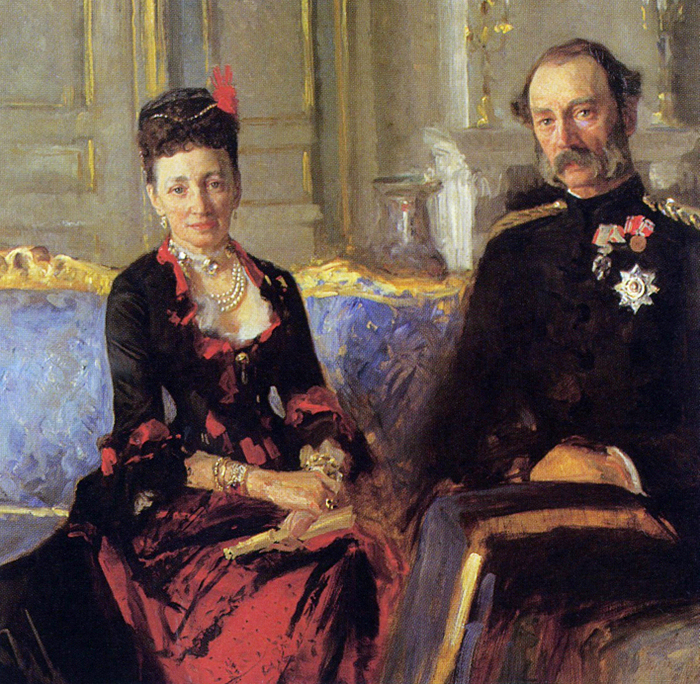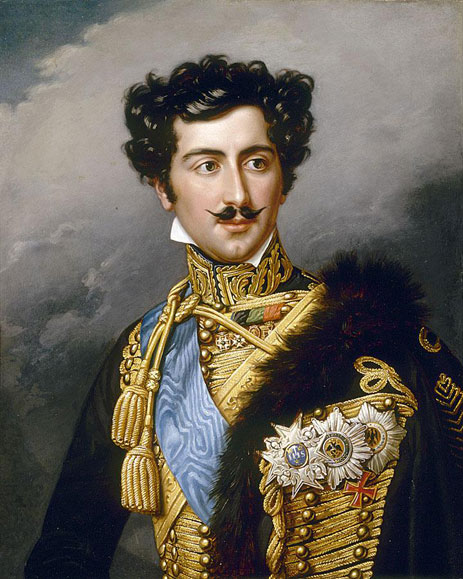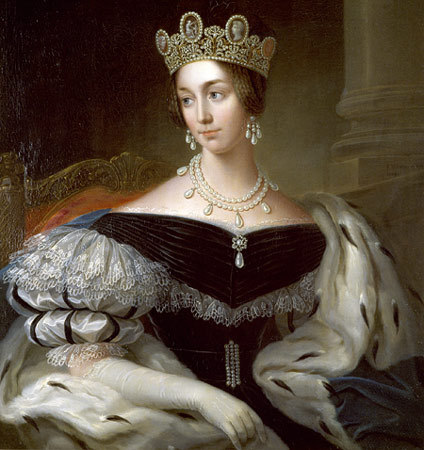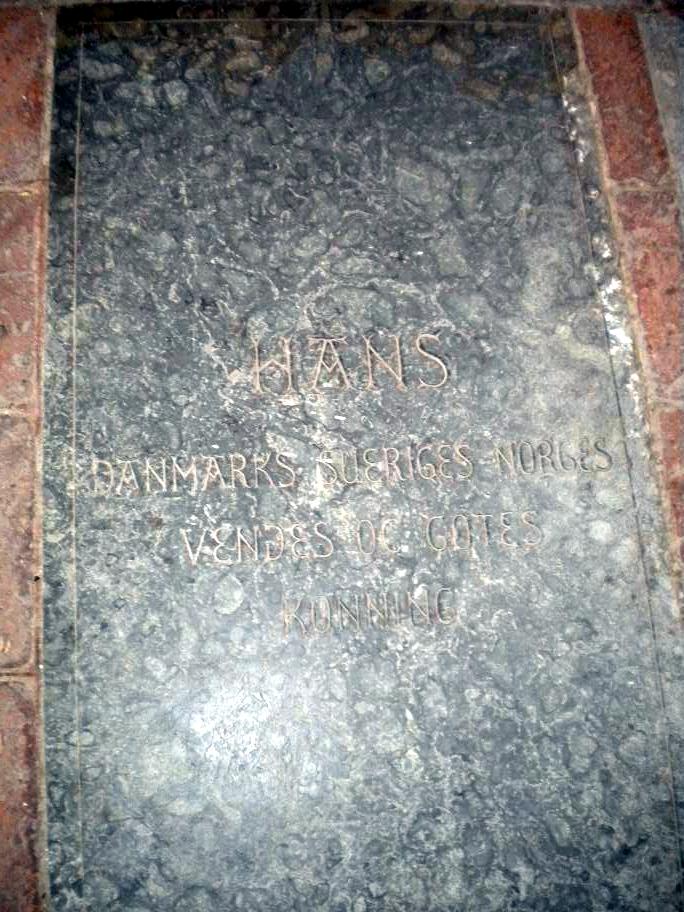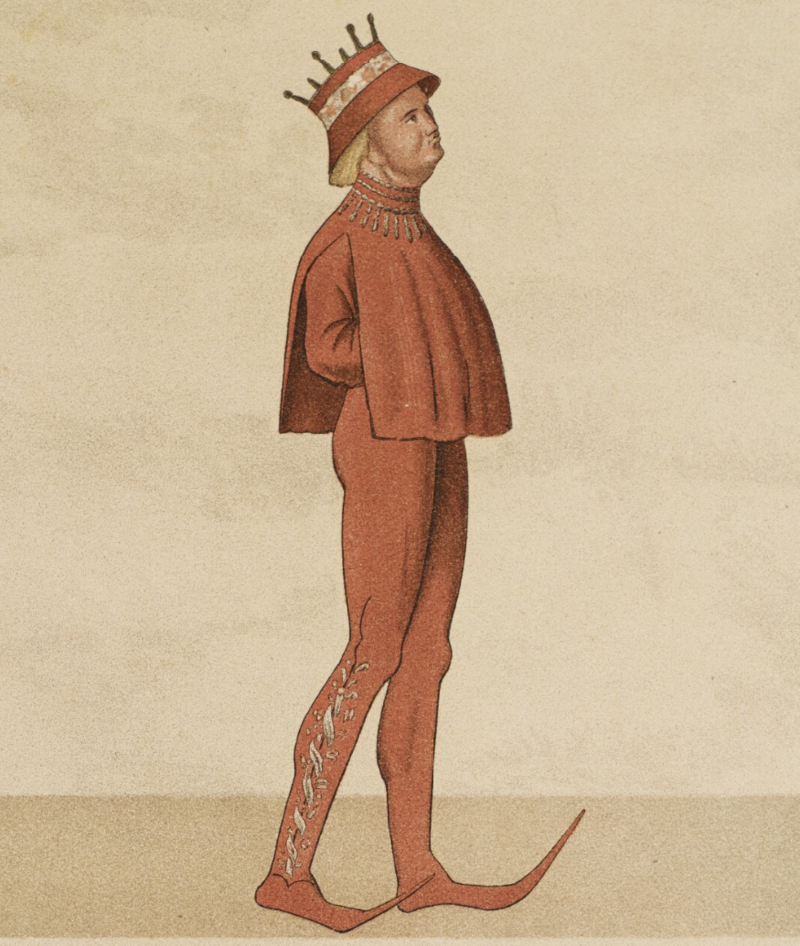by Susan Flantzer
© Unofficial Royalty 2021
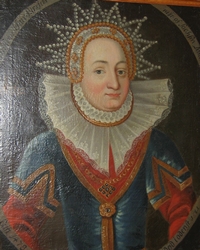
Christina of Saxony, Queen of Denmark, Norway, & Sweden; Credit – Wikipedia
The wife of Hans, King of Denmark, Norway, and Sweden, Christina of Saxony was born in Torgau, Electorate of Saxony, now in the German state of Saxony on December 25, 1461. She was the eldest of the seven children and the eldest of the two daughters of Ernst, Elector of Saxony and Elisabeth of Bavaria.
Christina had six younger siblings:
- Friedrich III the Wise, Elector of Saxony (1463 – 1525), unmarried
- Ernst of Saxony, Archbishop of Magdeburg, Bishop of Halberstadt (1464- 1513)
- Adalbert of Saxony, Administrator of the Archdiocese of Mainz (1467 – 1484)
- Johann the Steadfast, Elector of Saxony (1468 – 1532), married (1) Sophie of Mecklenburg-Schwerin, had one son (2) Margarete of Anhalt-Köthen, had four children
- Margarete of Saxony, Duchess of Brunswick-Lüneburg (1469 – 1528), married Heinrich, Duke of Brunswick-Lüneburg, had seven children
- Wolfgang (1473 – 1478), died in childhood
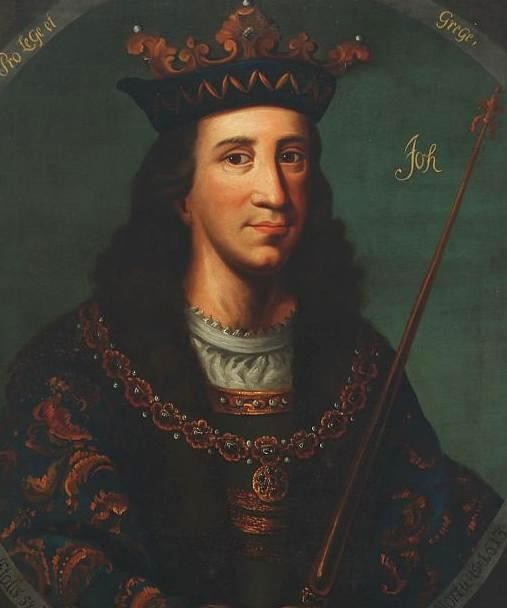
King Hans of Denmark, Norway, and Sweden; Credit – Wikipedia
When she was sixteen-years-old, Christina was betrothed to Hans, the future King of Denmark, Norway, and Sweden. In 1478, Christina left her home in Torgau and traveled to the port of Rostock on the Baltic Sea. She was met by a large Danish entourage and traveled by ship to Copenhagen, Denmark. On September 6, 1478, at Copenhagen Castle, Christina and Hans were married. The wedding was a sumptuous occasion with Christina wearing a gold dress with red embroidery and traveling in a golden carriage.
Christina and Hans had six children:
- Hans of Denmark (1479 – 1480), died in infancy
- Ernst of Denmark (1480 – 1500), unmarried
- Christian II, King of Denmark, Norway, and Sweden (1481 – 1559), married Isabella of Austria, had five children
- Jacob of Denmark (1484 – 1566), probably Jacob the Dacian, a Danish-born Franciscan monk who worked as a missionary with the Purépecha, an indigenous people in Mexico
- Elisabeth of Denmark, Electress of Brandenburg (1485 – 1555), married Joachim I Nestor, Elector of Brandenburg, had five children
- Frans of Denmark (1497 – 1511), died as a teenager from the plague

Wall sculpture at St. Canute’s Cathedral depicting King Hans, Queen Christina, and their son Prince Frans who died from the plague; Credit – Wikipedia
Hans’ father King Christian I died in 1481. At that time, the monarchies of Denmark, Norway, and Sweden elected their kings. Only Hans’ succession to the Danish throne went smoothly. In Norway, after some negotiations, Hans was recognized as King of Norway in 1483. In Sweden, a power-play game occurred with Hans for six years. Eventually, Hans saw an opportunity to strike, and after his forces defeated Swedish forces in 1497, he was finally crowned King of Sweden. However, in 1501, an uprising in Sweden caused Hans to lose the Swedish crown.
Hans and Christina were visiting Sweden in 1501 before the uprising. During that visit, Hans began a long-term affair with Edel Jernskjæg, one of Christina’s ladies-in-waiting. The affair caused a scandal and a de facto termination of their marriage. From that time on, the marriage of Hans and Christina was one in name only.
During the Swedish uprising, Hans fled Stockholm, Sweden, and left Christina at Stockholm Palace. She bravely defended the palace for eight months. However, she was forced to surrender after 1,000-man army was reduced by deaths to only 70. Christina spent more than a year under guard as a prisoner in the Vadstena Monastery, finally being released in 1503.
After Christina returned to Denmark, she lived with her youngest son Frans, separately from King Hans, on her dower lands at Næsbyhoved Castle (link in Danish) and in Odense. Christina was a devout Catholic (the Reformation had not yet occurred in Denmark) and after her return to Denmark, she founded convents for the nuns of the Poor Clares in Copenhagen and Odense. Christina made various pilgrimages in Denmark and often visited her daughter Elisabeth and her sister Margarete. Sadly, her youngest son thirteen-year-old Frans died of the plague in 1511.
In January 1513, King Hans, on his way to Aalborghus Castle (link in Danish), was thrown by his horse. He became increasingly weaker and on February 20, 1513, at his birthplace Aalborghus Castle, King Hans died from his injuries at the age of 58. He was buried in the Gråbrødre Church of the Franciscan monastery in Odense, Denmark which Queen Christina had chosen as the burial site for her husband and herself. Queen Christina commissioned the famous German sculptor Claus Berg to create a burial chapel in the church of the Franciscan monastery for her and her husband. Berg’s intricately carved and gilded altarpiece is a Danish national treasure. The altarpiece depicts the passion and the crucifixion of Jesus, and the crowning of the Virgin Mary. The base shows members of the royal family including King Hans, Queen Christina, and their son King Christian II.

Claus Berg’s altarpiece; Credit – Wikipedia
Queen Christina survived her husband by eight years, dying on December 8, 1521, aged 59, in Odense, Denmark. She was buried wearing the habit of a Poor Clares nun with her husband. Their son King Christian II was also interred in the burial chapel in the church of the Franciscan monastery. In 1807, the former Franciscan church was demolished, and Berg’s magnificent altarpiece and the remains of King Hans, his wife Christina, and their son King Christian II were transferred to St. Canute’s Cathedral, also in Odense, Denmark. Christian’s wife Isabella was originally buried in St. Peter’s Abbey in Ghent, Spanish Netherlands, now in Belgium. In 1883, thanks to the efforts of the Danish government, Isabella’s remains and those of her son Hans were transferred to St. Canute’s Cathedral.

Queen Christina’s grave in St. Canute’s Cathedral; Credit – Wikipedia
This article is the intellectual property of Unofficial Royalty and is NOT TO BE COPIED, EDITED, OR POSTED IN ANY FORM ON ANOTHER WEBSITE under any circumstances. It is permissible to use a link that directs to Unofficial Royalty.
Kingdom of Denmark Resources at Unofficial Royalty
- Kingdom of Denmark Index
- Danish Orders and Honours
- Danish Royal Burial Sites: House of Oldenburg, 1448 – 1863
- Danish Royal Burial Sites: House of Schleswig-Holstein-Sonderburg-Glücksburg, 1863 – present
- Danish Royal Christenings
- Danish Royal Dates
- Danish Royal Residences
- Danish Royal Weddings
- Line of Succession to the Danish Throne
- Profiles of the Danish Royal Family
Works Cited
- Da.wikipedia.org. 2020. Christine Af Sachsen. [online] Available at: <https://da.wikipedia.org/wiki/Christine_af_Sachsen> [Accessed 21 December 2020].
- De.wikipedia.org. 2020. Christina Von Sachsen (1461–1521). [online] Available at: <https://de.wikipedia.org/wiki/Christina_von_Sachsen_(1461%E2%80%931521)> [Accessed 21 December 2020].
- En.wikipedia.org. 2020. Christina Of Saxony. [online] Available at: <https://en.wikipedia.org/wiki/Christina_of_Saxony> [Accessed 21 December 2020].
- Flantzer, Susan. 2020. Hans, King of Denmark, Norway, and Sweden. Available at: <https://www.unofficialroyalty.com/hans-king-of-denmark-norway-and-sweden/> [Accessed 21 December 2020].





